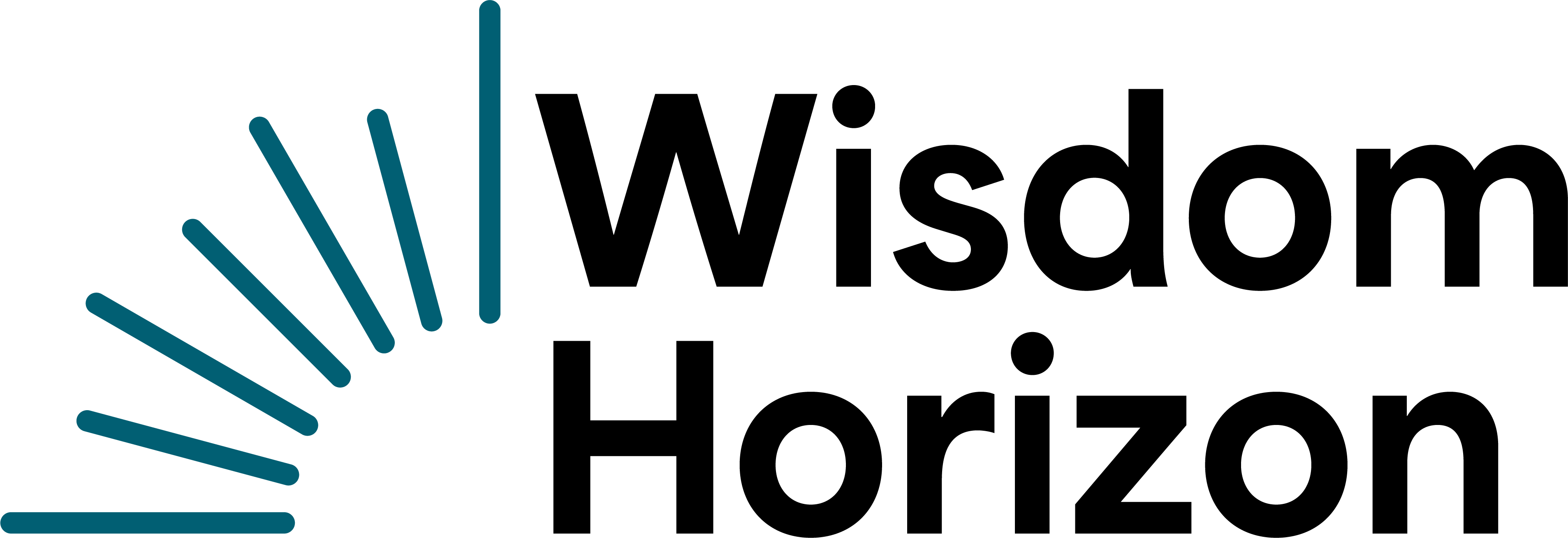Understanding Glaucoma Treatment Options
Glaucoma is a group of eye conditions that can lead to vision loss and blindness if not managed properly. Fortunately, there are several treatment options available to help control the condition and prevent further damage. The primary goal of glaucoma treatment is to reduce intraocular pressure (IOP), which is the pressure inside the eye. By doing so, it helps to prevent damage to the optic nerve.
There are several avenues for treatment, each tailored to the specific needs of the patient. Medications, often in the form of eye drops, are usually the first line of treatment. These medications work by either decreasing the production of fluid in the eye or increasing the outflow of fluid from the eye. For those who do not respond well to medications, laser therapy may be an option. Laser trabeculoplasty, for instance, is a procedure that helps to improve fluid drainage from the eye.
In more advanced cases, surgical options may be considered. These include trabeculectomy, which creates a new drainage pathway for fluid, or the implantation of a drainage device to help lower eye pressure. Each treatment option comes with its own set of benefits and potential side effects, making it crucial for patients to work closely with their healthcare providers to determine the best course of action.
Recognizing Early Signs of Glaucoma
Early detection of glaucoma is key to preventing significant vision loss. However, the challenge lies in the fact that glaucoma often presents with no symptoms in its initial stages. Regular eye examinations are crucial, especially for individuals over the age of 40 or those with a family history of the condition.
Some early signs of glaucoma to watch for include subtle changes in vision, such as the loss of peripheral vision. Patients might notice difficulty seeing in low light or experience halos around lights. In some cases, there may be a sudden onset of severe eye pain, headache, or blurred vision, which could indicate acute angle-closure glaucoma, a medical emergency that requires immediate attention.
It’s important to note that these symptoms can also be associated with other eye conditions, which is why professional evaluation by an eye care specialist is essential. Regular check-ups can help detect changes in eye pressure and optic nerve health, providing an opportunity for early intervention.
Strategies to Prevent Vision Loss from Glaucoma
Preventing vision loss from glaucoma involves a proactive approach to eye health. One of the most effective strategies is maintaining regular eye exams to monitor any changes in eye pressure and optic nerve condition. Early detection and treatment are critical in slowing the progression of the disease.
Adopting a healthy lifestyle can also play a significant role in managing glaucoma. This includes maintaining a balanced diet rich in antioxidants, vitamins, and minerals that support eye health. Regular exercise can help lower eye pressure and improve overall cardiovascular health, which is beneficial for eye health as well.
Adherence to prescribed treatment plans is crucial. Patients should ensure they use their medications as directed and attend all follow-up appointments. Educating oneself about the condition and staying informed about new treatment options can empower patients to take an active role in their care.
The Role of Technology in Glaucoma Management
Technology has significantly advanced the management of glaucoma, offering new tools and techniques for both diagnosis and treatment. Innovative imaging technologies such as Optical Coherence Tomography (OCT) allow for detailed visualization of the optic nerve and retina, aiding in early detection and monitoring of glaucoma progression.
Telemedicine has also become an increasingly valuable tool, especially in remote areas where access to eye care specialists may be limited. Patients can now have consultations and follow-ups with their healthcare providers via video calls, ensuring continuous management of their condition.
Furthermore, advancements in surgical techniques and laser treatments have improved outcomes for patients with glaucoma. Minimally invasive glaucoma surgeries (MIGS) offer new options with reduced recovery times and fewer complications compared to traditional surgeries. These technological advancements continue to enhance the quality of care for glaucoma patients.
Living with Glaucoma: A Patient’s Perspective
Living with glaucoma can be challenging, but with the right support and resources, patients can maintain a high quality of life. Understanding the condition and actively participating in one’s own care are vital. Many patients find support groups and online communities helpful, as they provide a platform to share experiences and advice.
Adjusting one’s lifestyle to accommodate vision changes can also make a significant difference. This might include making modifications at home, such as improved lighting and using magnifying devices to aid with reading. Patients are encouraged to communicate openly with their healthcare providers about their concerns and any difficulties they may be experiencing.
Ultimately, while glaucoma is a lifelong condition, it does not have to define one’s life. With ongoing research and new treatment options emerging, there is hope for even better management strategies in the future. Staying informed and engaged in one’s care is the cornerstone of living well with glaucoma.





